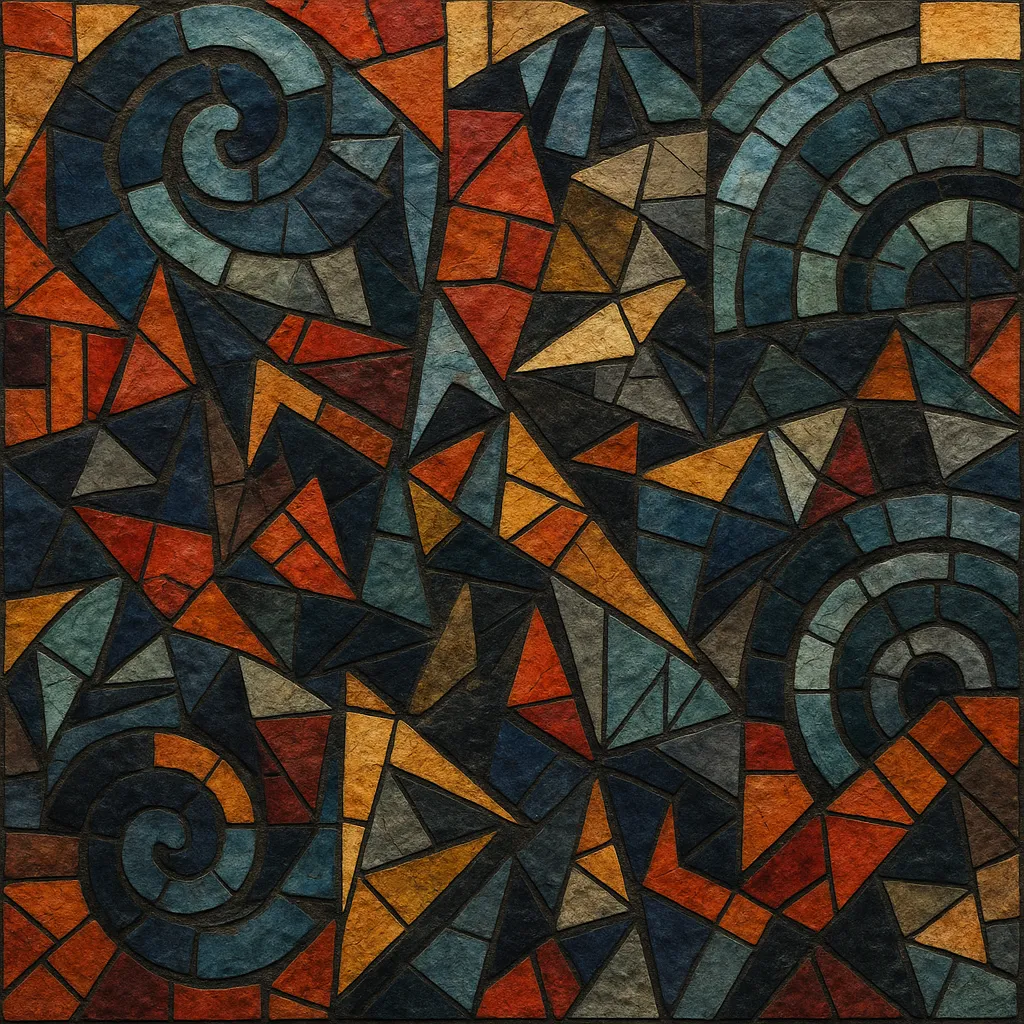Experimental music is an umbrella term for practices that prioritize exploration, process, and discovery over adherence to established genre norms.
It embraces new sound sources, nonstandard tuning systems, indeterminacy and chance operations, graphic and open-form scores, extended techniques, and technology-led sound design (tape, electronics, computers, and live processing).
Rather than a single style, it is a methodology and ethos: testing hypotheses about sound, structure, and performance, often blurring boundaries between composition, improvisation, sound art, and performance art.
Listeners can expect unfamiliar timbres, unusual forms, and an emphasis on how music is made as much as the resulting sound.
The roots of experimental music lie in early modernist and avant-garde currents. Composers and artists influenced by Futurism and Expressionism sought new timbres and forms. Edgard Varèse envisioned “organized sound,” while Pierre Schaeffer’s musique concrète (late 1940s) and tape music reframed recorded sound as a compositional material. In the 1950s, John Cage popularized the term “experimental music” and advanced indeterminacy, chance operations, prepared piano, and open-form scores. Parallel innovations in Germany, France, and Italy (electronic studios; Stockhausen, Schaeffer, Berio) and in free improvisation and free jazz widened the field.
The 1960s saw the rise of Fluxus performance practices, process music, and minimalism (La Monte Young, Terry Riley, Steve Reich, Philip Glass) alongside radical tuning and instrument-building (Harry Partch) and deep listening practices (Pauline Oliveros). Electroacoustic studios enabled hybrid works combining instruments, tape, and live electronics. In the 1970s–80s, experimental approaches informed sound art, site-specific pieces, DIY electronics, and early computer music, seeding later scenes like industrial, noise, and post-rock.
Personal computing, software, and affordable hardware democratized experimental practice. Artists embraced granular synthesis, live coding, algorithmic composition, networked performance, and spatial audio. Cross-pollination with club forms (IDM, glitch), contemporary classical, and installation art made “experimental” a transdisciplinary platform rather than a fixed style. Today it remains a laboratory for new methods, formats, and listening modes across global communities.
Start with a question about sound or process rather than a genre template. Design rules or systems (chance operations, algorithms, or processes) and let them shape the piece. Consider open forms, graphic scores, or instruction-based pieces that allow multiple realizations.
Combine conventional instruments with extended techniques (prepared piano, bowing guitar strings, multiphonics, unconventional mutes) and unconventional sources (found objects, field recordings, contact mics). Embrace electronics: tape manipulation, live processing, modular synths, or computer-based synthesis and sampling.
Treat rhythm as texture (e.g., pulses that phase, polyrhythms, stochastic or algorithmic events) or as silence and space. Use harmony sparingly or structurally (drones, spectral stacks, microtonal systems, just intonation). Explore nonstandard temperaments and sustained tones that reveal beating and psychoacoustic effects.
Use process-based or time-based structures (e.g., durations, cue cards, timeline scores). Graphic notation and text instructions can communicate gesture, density, or interaction better than traditional notation. Allow performer choice to introduce indeterminacy and variability across performances.
Exploit microphone placement, room acoustics, spatialization, and multichannel setups. Treat recording and mixing as compositional stages—edit, layer, and recontextualize sounds. Consider site-specific or installation formats that make space and audience movement part of the work.
Prototype quickly, record rehearsals, and refine the process. Publish scores, code, and performance notes to encourage reinterpretation—embracing the genre’s ethos of openness and discovery.


